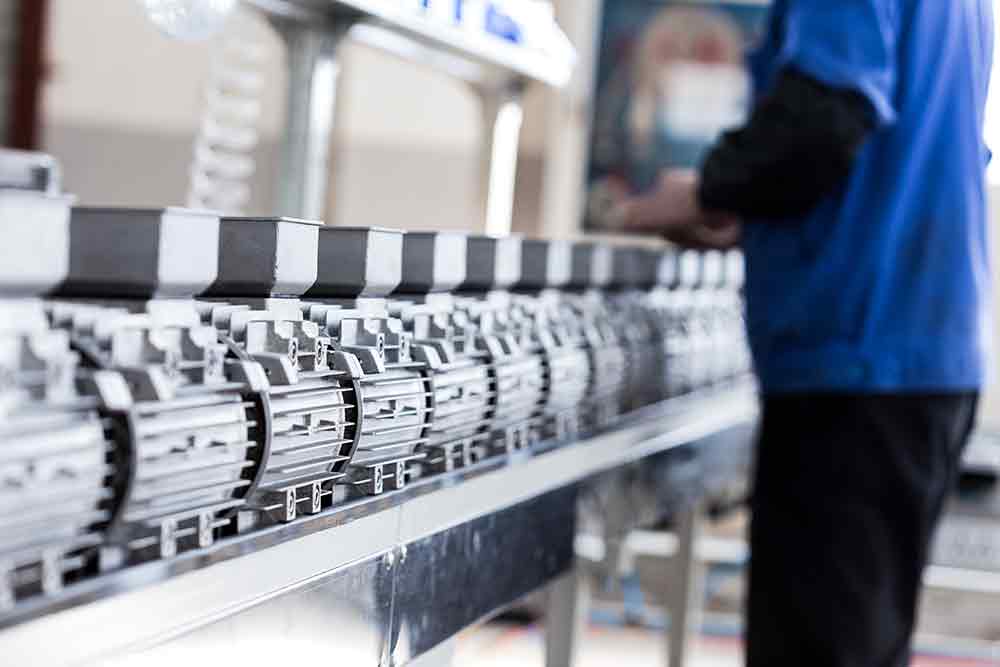
ILR Industries is a leader in providing companies innovative and cost-efficient alternatives to manufacturing their plastics products. ILR combines decades of experience in plastics manufacturing with modern manufacturing techniques to provide innovative options and solutions for a wide range of industries. For more than 20 years, ILR has helped clients transform basic product ideas—from development, engineering, and prototyping through tooling, manufacturing, and packaging—to distribute to customers across North America.
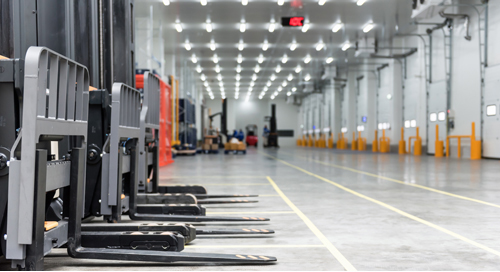
Based in Hamilton, Ontario ILR Industries was facing the same challenges many businesses around the world are having to overcome during the COVID-19 pandemic: how to keep workers safe and business up and running. Within it’s 100,000 square foot facility, more than 40 factory workers were in close proximity as they performed their duties. Thankfully no one had contracted the virus, but if they had, the entire operation would have to be shut down. The heightened tension among employees afraid of getting sick while at work added to the overall stress the pandemic was having on everyone. The growing concern for employee safety and ensuring the sustainability of the business weighed heavy on CEO, Fred Mastroianni. He didn’t know what would happen to his company if they had to close down for several weeks due to an outbreak

A scalable solution with high accuracy monitoring, TRACE Sensors combines Quuppa’s indoor positioning technology and ThinkIN’s location intelligence software, built on a Cisco backbone with Veeam backup, and managed by i-Virtualize’s experienced professional and support services to deliver a state-of-the-art, cost-effective contact-tracing solution.
Unlike other contact tracing solutions which use mobile devices and apps, TRACE Sensors is non-invasive, using tags that only gather location data while the worker is in the facility.
For ILR Industries, 24 ceiling-mounted locators were installed, covering roughly 50,000 square feet of employee workspace, including common areas like the break room. These locators are connected via Bluetooth to employee tags let employees know when they are too close to one another so they can maintain proper physical distancing. The solution also gathers valuable data about asset and material locations, workflows, and productivity which is displayed in rich visual analytics on an easy-to-navigate dashboard. This information can also be used for contact tracing should an outbreak occur. The contact tracing data is only accessed when an illness is reported. Affected personnel can then be identified, as well as specific areas that require decontamination.
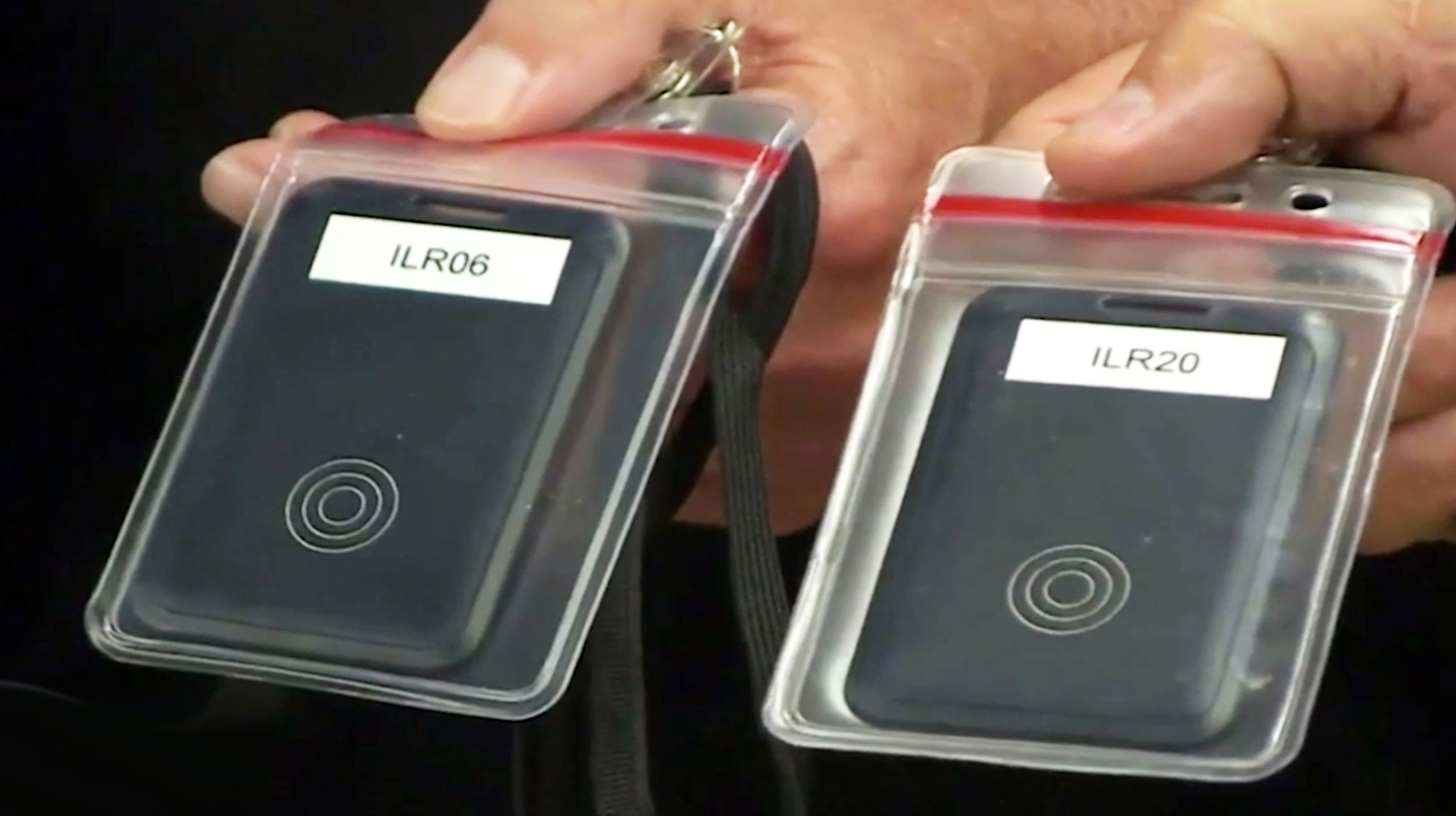
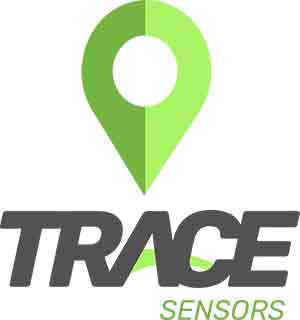
TRACE Sensors not only enabled workers within the plant to stay safe, but enabled the business to increase productivity and enhance efficiency with revised workflows. This was especially impactful, since the shop runs 24/7. With their employees feeling safer coming to work without the worry of becoming ill or taking the virus home to their families, employees were able to engage with one another, at a safe distance, creating a happier workplace.
With the data gathered from the sensors, Mastroiani could clearly see where workflows had to be adjusted to enable his staff to maintain social distancing, as well as help increase efficiency and productivity in the plant. He also realized that this solution could help him save on healthcare costs since employees will be less likely to pass on common illnesses like the flu, which can end up costing a lot as people take sick time. It also helped employees feel safer coming to work. The tensions of getting the coronavirus from one another were eased as they felt better working together—though 2 metres apart.
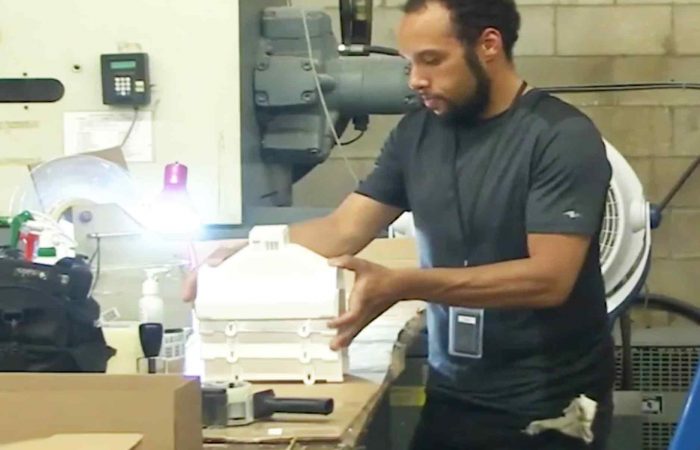
The initial results from its TRACE Sensors implementation has ILR optimistic about its future, when in calm or crisis. The real-time tracking technology has enabled them to dynamically manage workflows and worker safety. ILR is looking to expand its uses for TRACE Sensors by tagging, tracking, and tracing their assets and equipment to further enhance productivity.